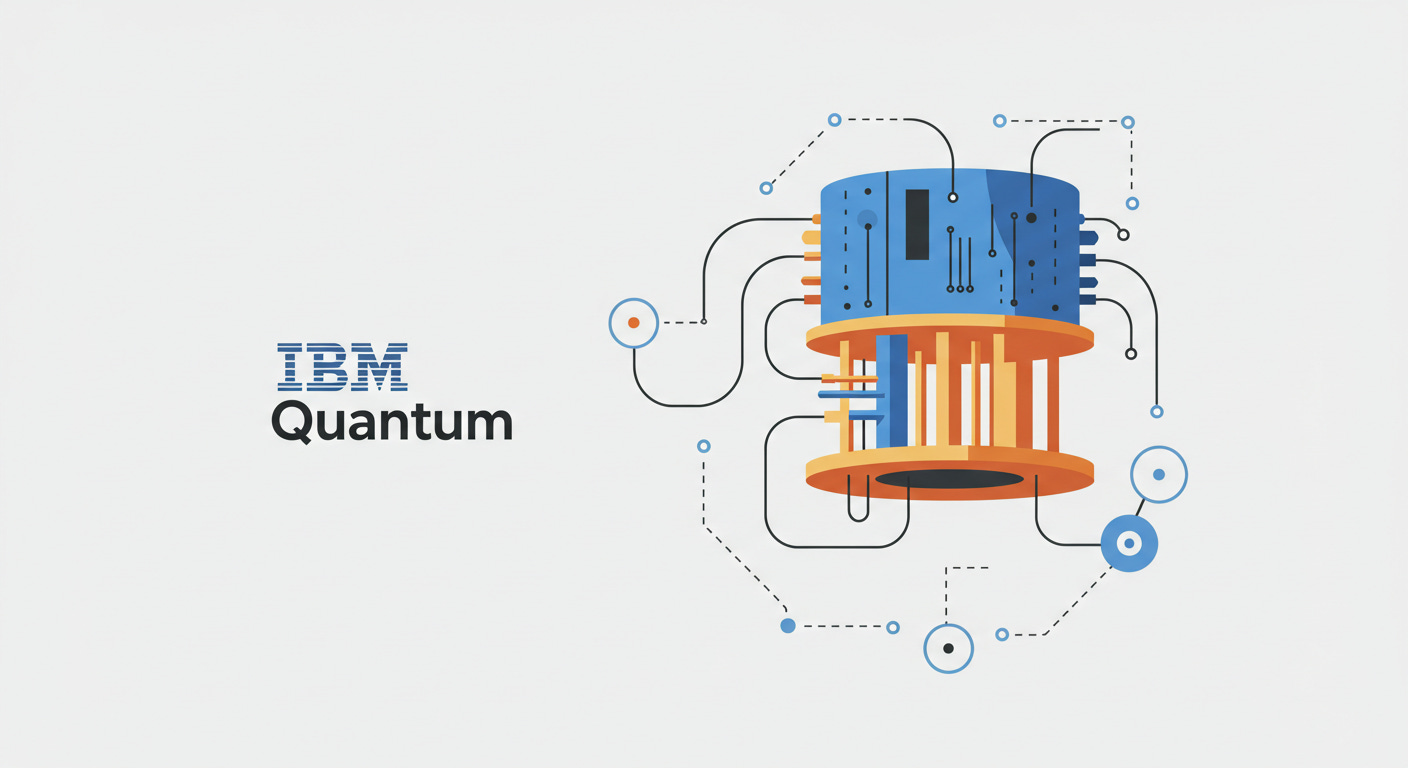Your First Hands-On Guide To IBM Quantum
A lesson on accessing IBM Quantum and getting familiar with it.
In the last lesson, we learned about:
why random numbers on classical computers are not really random (but pseudorandom)
how quantum mechanics lets us create a truly random number generator
how to build a truly random number generator using a quantum computing simulator Qiskit Aer
But we are not here for the simulators, are we? No!
First things first: Let’s learn about IBM Quantum, where we will access all the quantum computers to run our code.
An Overview of IBM Quantum
IBM, through IBM Quantum, provides us with cloud-based access to real quantum processors and simulators.
These can be assessed and programmed using Qiskit, the world’s most popular open-source SDK for quantum programming.
A QPU or Quantum Processing Unit (same as a quantum processor) is the core component of a quantum computer, analogous to a CPU in classical computing.
A QPU:
uses qubits for processing information
uses quantum superposition and entanglement for its operations
allows execution of quantum gates and circuits
requires specialized hardware to maintain the quantum states
Our current QPUs are noisy and cannot run complex computations very well.
But we are fast moving towards an era when they will have a true quantum advantage.
However, we can still run simpler quantum circuits (computational routines that can be executed on a QPU) on modern-day quantum computers.
Let’s head towards the IBM Quantum website to see what they have to offer us.
You must first sign up here and verify your account.
Then, you will be redirected to your IBM Quantum Platform dashboard.
This is what my dashboard looks like.
Keep reading with a 7-day free trial
Subscribe to Into Quantum to keep reading this post and get 7 days of free access to the full post archives.



